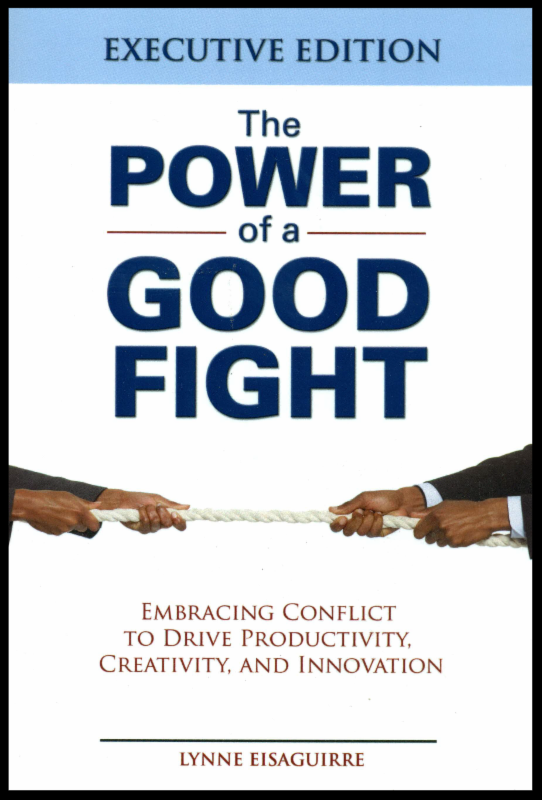|
Could You be at Risk Like Intel’s CEO? Consensual Dating at Work
 It’s hard to keep track these days of all the fallen CEOs as a result of #metoo, but the Intel situation may leave people shaking their heads in confusion. Brian Krzanich voluntarily resigned after an internal investigation revealed that he’d had a consensual affair with a subordinate. The relationship allegedly lasted for ten years but was over before Krzanich became CEO in 2013. It’s hard to keep track these days of all the fallen CEOs as a result of #metoo, but the Intel situation may leave people shaking their heads in confusion. Brian Krzanich voluntarily resigned after an internal investigation revealed that he’d had a consensual affair with a subordinate. The relationship allegedly lasted for ten years but was over before Krzanich became CEO in 2013.
The woman reportedly still works at Intel and didn’t work closely with Krzanich. Evidently, the affair violated Intel’s strict rules against fraternization, which outlawed dating subordinates who reported to leaders directly or indirectly.
Are leaders vulnerable? Unfortunately, I have had to help several CEOs sort out the fallout from similar situations. In those cases, the male CEOs thought they were having a consensual relationship but sometime after a break-up, the subordinate claimed harassment: that she had only engaged in the affair in order to keep her job.
When is dating harassment? Of course, if it is not welcome, it is harassment for a boss to require dating as a condition of employment yet hook-ups are often messier than that. When is voluntary actually unwelcome? Even if the dating is between peers, and all the behavior occurs outside the workplace, organizations can get involved if outside behavior bleeds back into work.
What about third parties? Then there’s third parties, who can claim paramour preference, when a boss gives various favors to someone he or she is dating.
Off duty conduct? Adding to the confusion are laws in many states that bar employers from disciplining or terminating employees who do things outside of work, that are otherwise legal – like smoking or marching in KKK parades. These laws have been interpreted to prevent employers from outright bans on dating.
Best practices? Because of all these Gordian knots, most of our clients sanction dating between peers, as long as it’s voluntary, yet bar most dating between bosses and subordinates as conflicts of interests.
What Should You Do?
- Leaders: If you are a leader, realize that dating anyone over whom you have actual or implied authority leaves you vulnerable, even if you believe it is voluntary.
- Ethical concerns: If two employees are dating, even if they are married to other people and you have ethical problems with their behavior, resist the urge to interfere or gossip. Such behavior can create defamation claims, in addition to workforce disruption.
- Policies: If you are considering changing your policies on dating, make sure that you consult your employment attorney, in order to understand all the implications.
- Reporting: If you believe that someone is violating your policies, make sure you know the facts before you report them to HR or your ethics hotline. The path of true love rarely runs clearly; rumors may be just plain wrong.
- Training: Make sure that you step-up training on these issues and that you coach leaders on power imbalances.
Is dating at work ever appropriate? Have you ever participated in a workplace relationship? How did it turn out? Let us know your comments.
 Did You Know Did You Know
All of our workshops on Leading Through Respect help leaders and employees understand the boundaries in workplace relationships.
Call or write me to discuss your options at: 303-216-1020 or Lynne@workplacesthatwork.com
Learn more about our training offerings and check out our team members at:
Be sure to read Lynne’s book on sexual harassment.

|
 June 25, 2018
June 25, 2018
 It’s hard to keep track these days of all the
It’s hard to keep track these days of all the 

 I had the privilege of speaking at Berkeley last week on
I had the privilege of speaking at Berkeley last week on 

 On the face of the news reports, the resignation of
On the face of the news reports, the resignation of 


 what you decide, there is a chance you may have made the wrong decision. In the meantime, if you waffle, those you lead will be likely to drag their feet on getting things done. Waffling just sows division among the ranks, wastes time and drives dissatisfaction. Instead, once you have decided, create a positive atmosphere about making things work.
what you decide, there is a chance you may have made the wrong decision. In the meantime, if you waffle, those you lead will be likely to drag their feet on getting things done. Waffling just sows division among the ranks, wastes time and drives dissatisfaction. Instead, once you have decided, create a positive atmosphere about making things work.